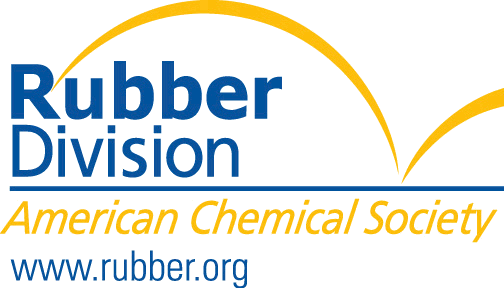Well-Defined Polyethylenes and Polyethylene-Based Block Copolymers By Anionic Polymerization and Polyhomologation
a) Anionic polymerization and Hydrogenation
Hydrogenation of 1,4-polybutadiene with various architectures (star, comb, dendritic, etc.) synthesized by anionic polymerization high vacuum techniques and appropriate post polymerization chemistry [1]. A few examples will be given, showing the importance of access to a variety of well-defined structures for a deeper understanding of polyethylene performance.
b). Combination of Anionic polymerization and Polyhomologation
Recently, Shea developed a novel polymerization methodology leading to perfectly linear PEs [2]. The general reaction scheme involves the formation of an organoboron zwitterionic complex between a methylide (monomer) and a trialkylborane Lewis acid (initiator) which breaks down by the intramolecular 1,2-migration. As a consequence, the methylene group of methylide is randomly inserted one by one into the three branches of the trialkylborane leading to a 3-arm PE star. The resulting star is subsequently oxidized/hydrolysed to give perfectly OH-end-capped linear PEs.
By combining anionic polymerization and polyhomologation, through a “bridge” molecule (BF3OEt2), a novel one-pot methodology was developed for the synthesis of PE-based block copolymers [3]. The anionically synthesized macroanion reacts with the “bridge” molecule to afford a 3-arm star (trimacromolecular borane) which serves as an initiator for the polyhomologation.
References
[1] N. Hadjichristidis et al., Macromolecules 2000, 33, 2424-2436.
[2] J. Luo, K. J. Shea. Acc. Chem. Res. 2010, 43, 1420-1433.
[3] N. M. Neisius, B. Plietker, Angew. Chem. Int. Ed. 2009, 48, 1-5.
